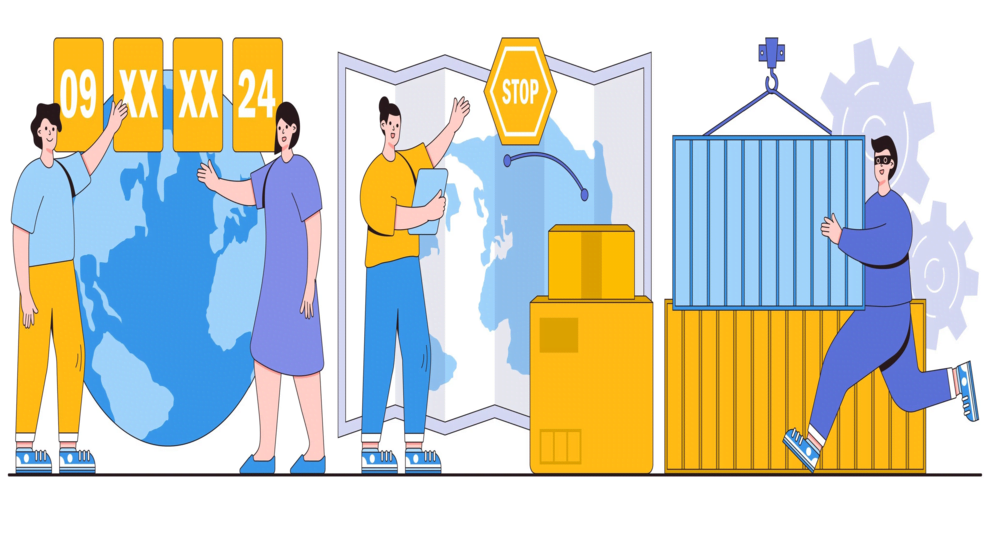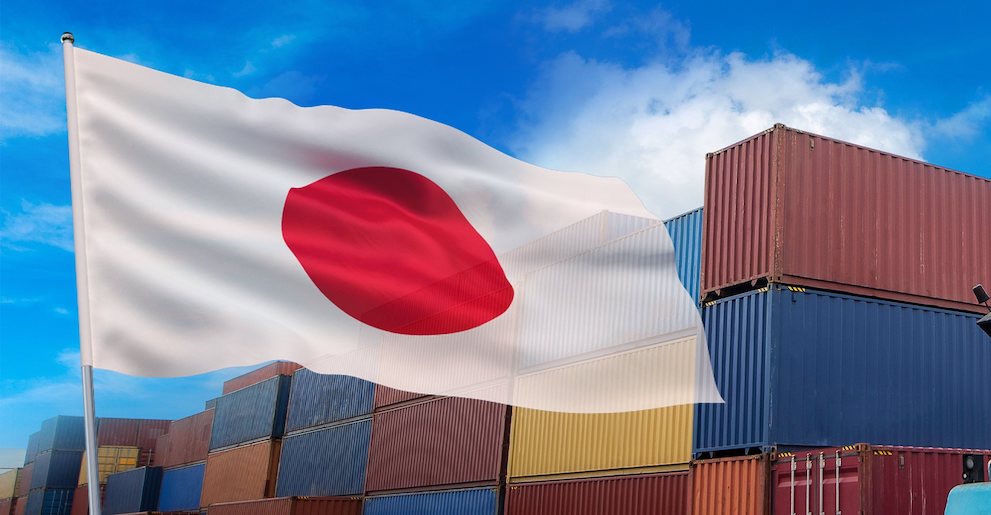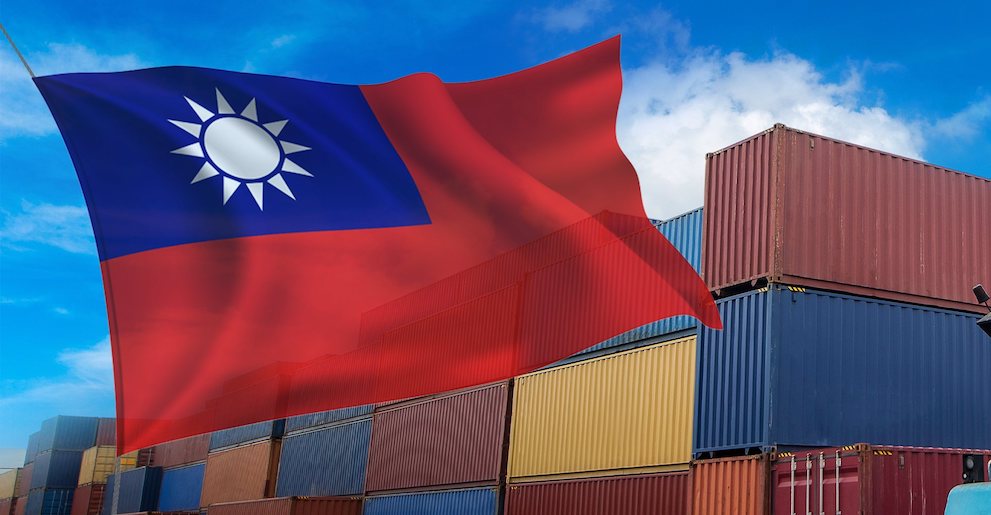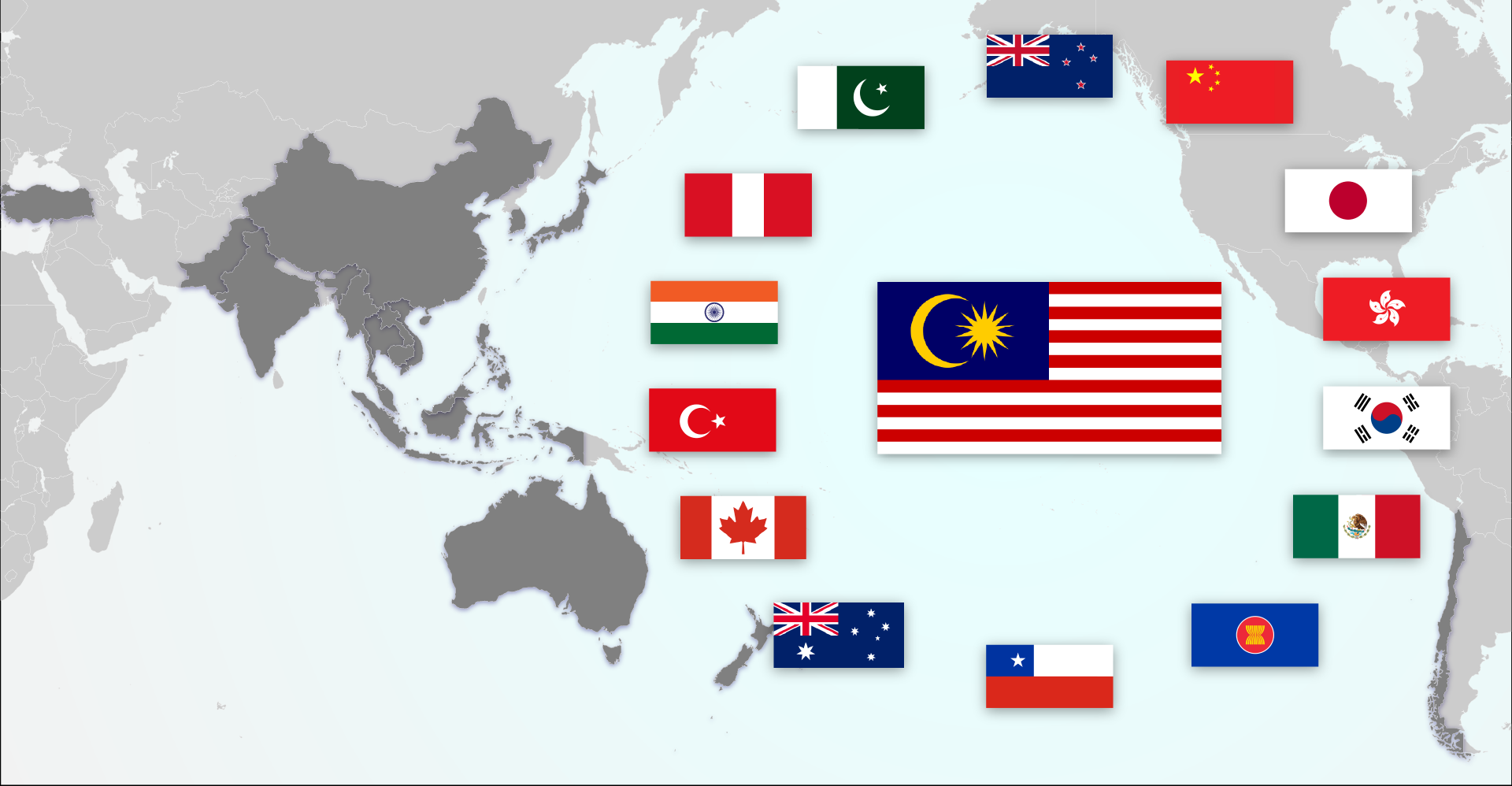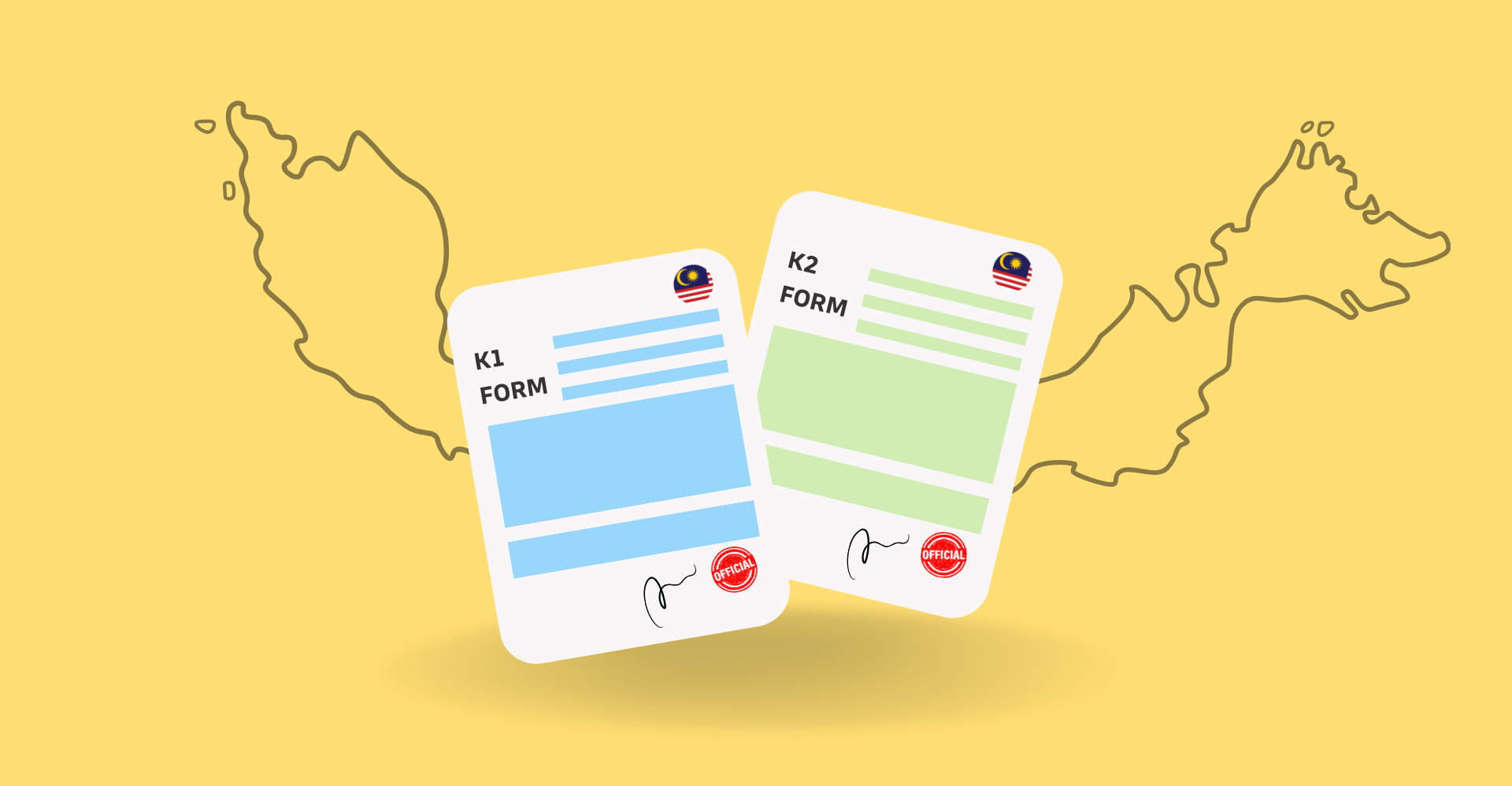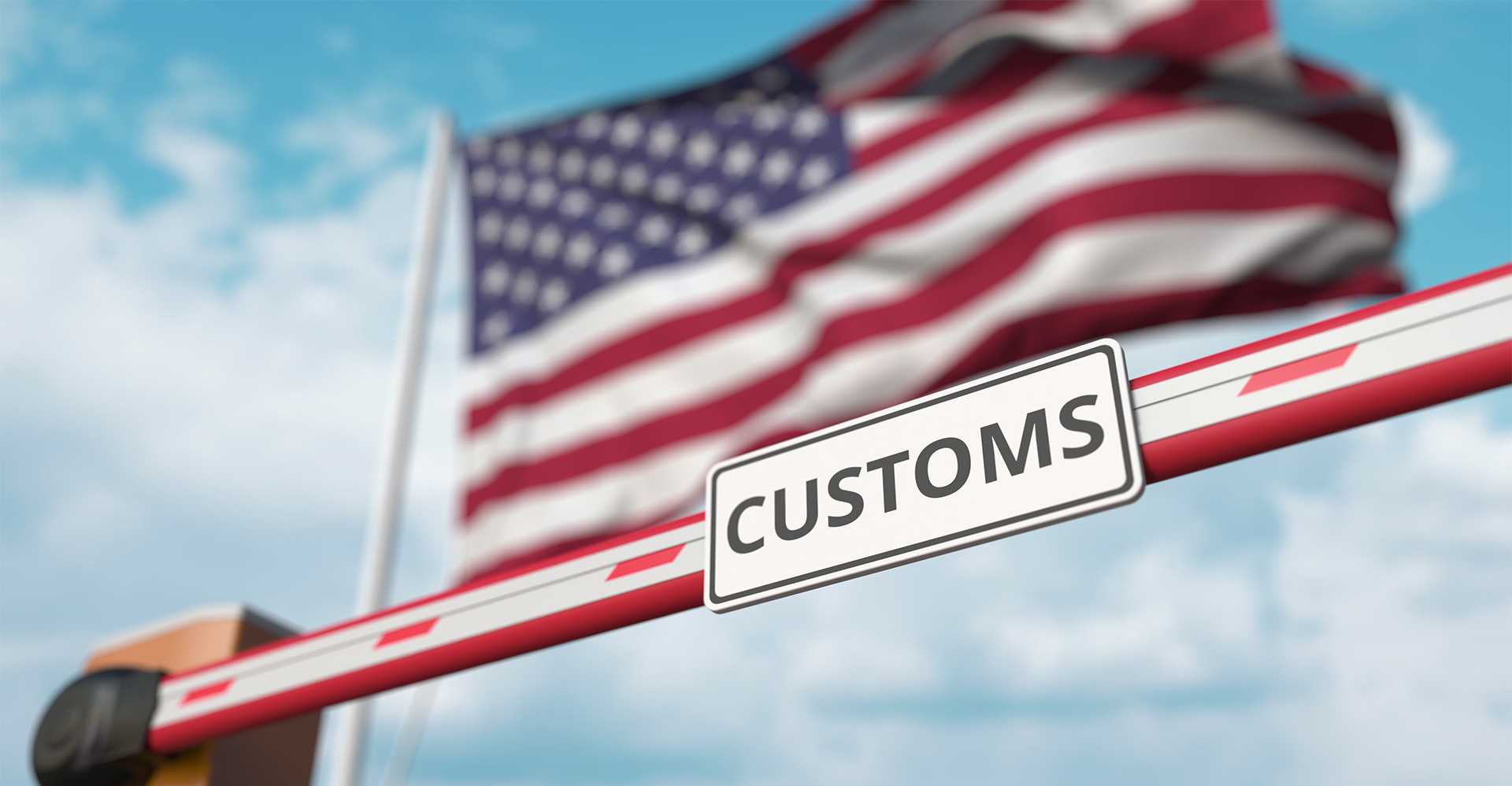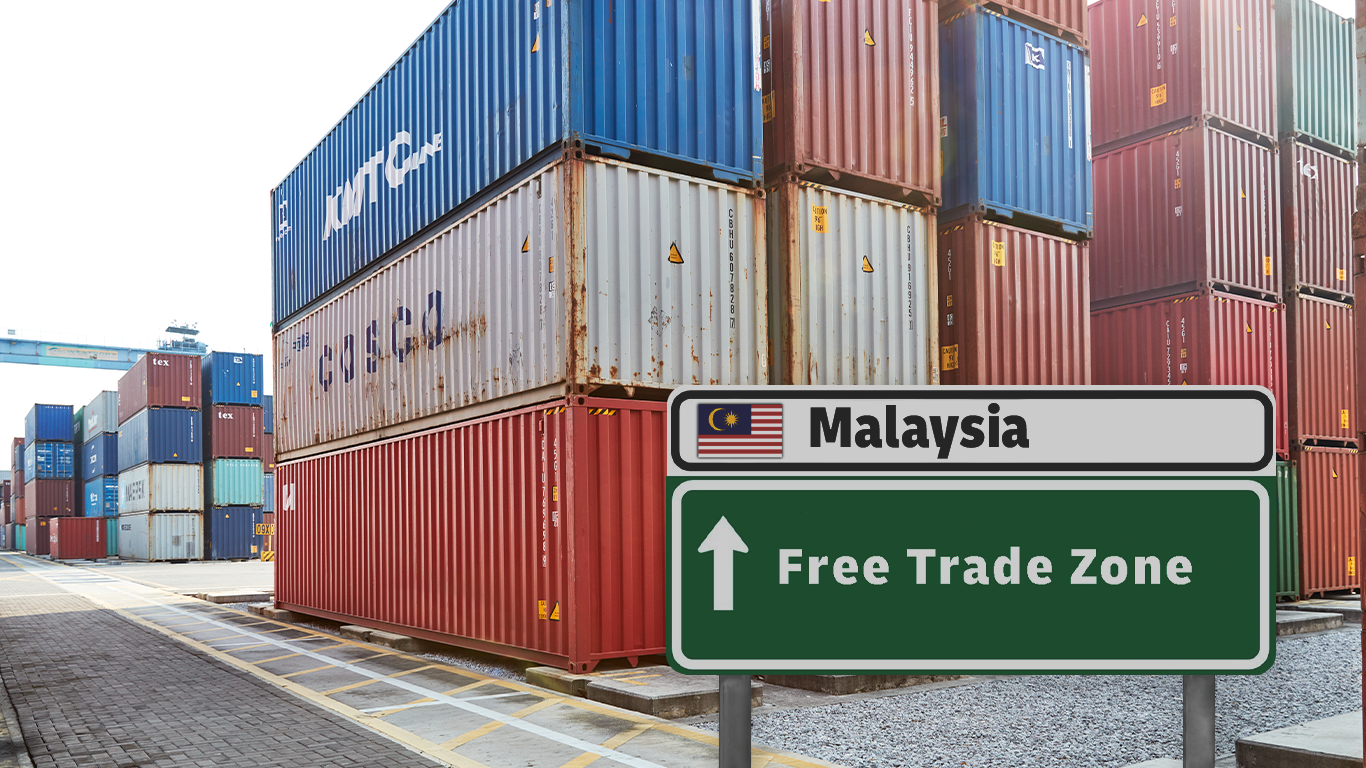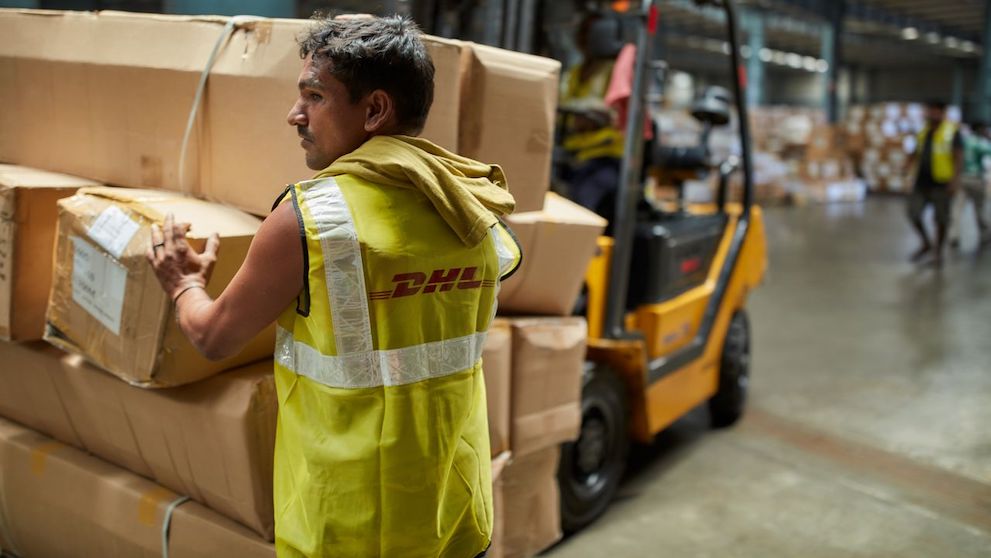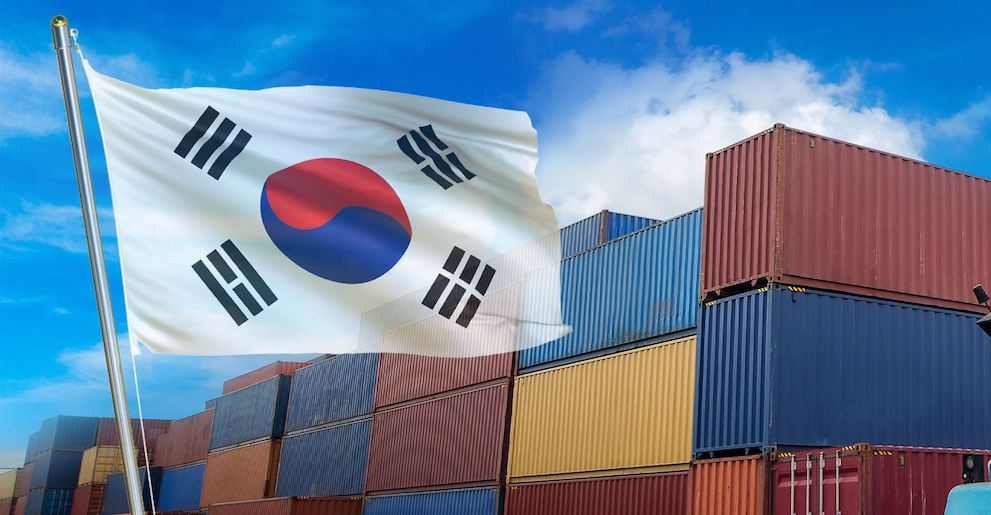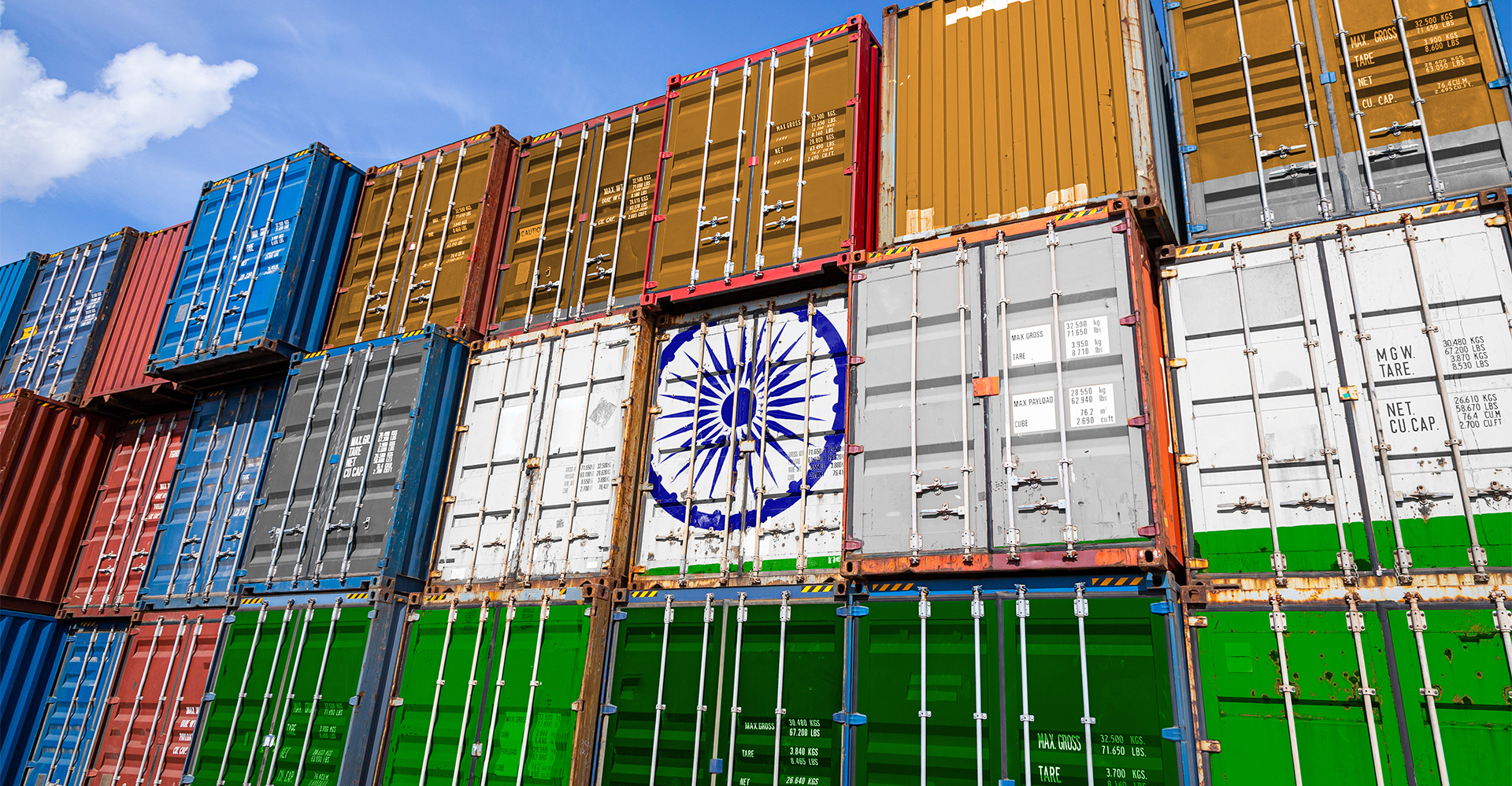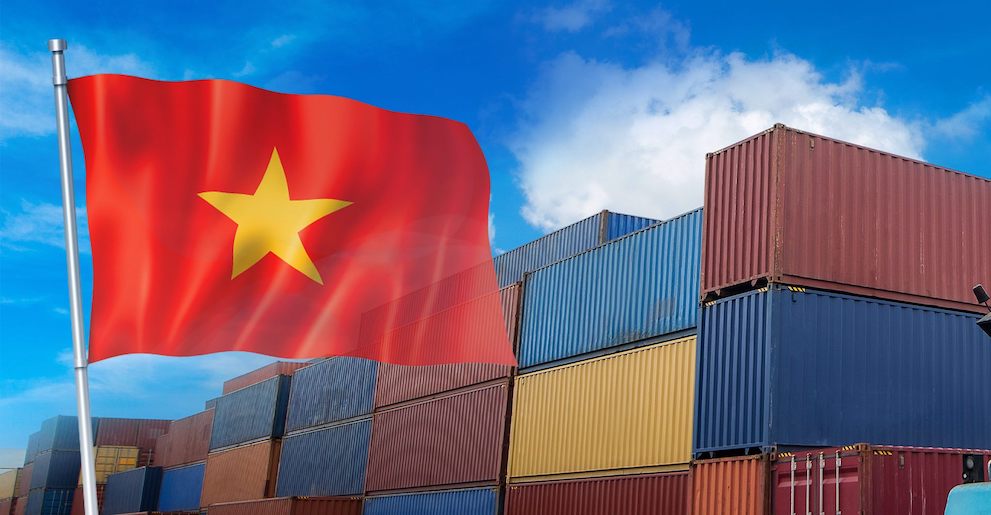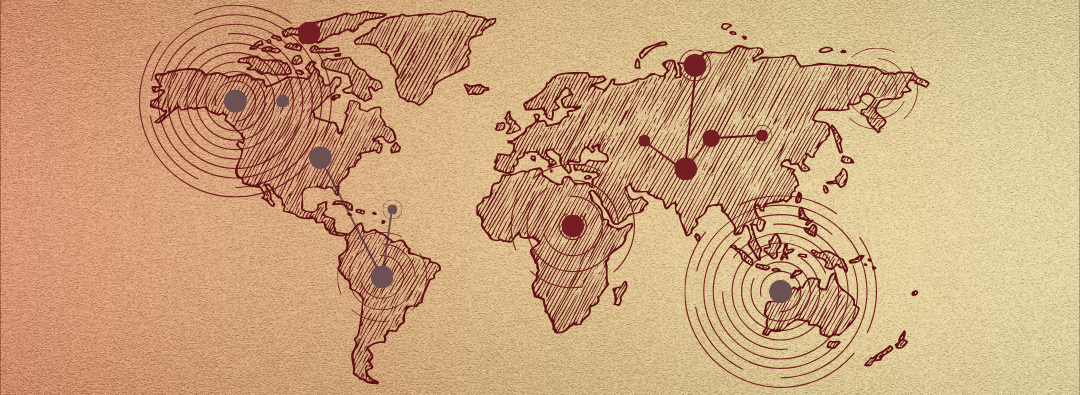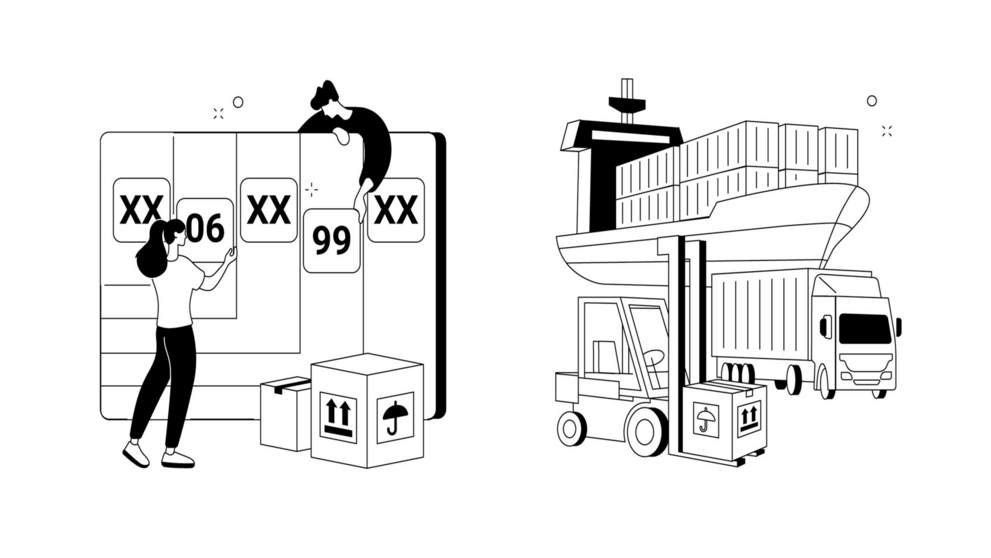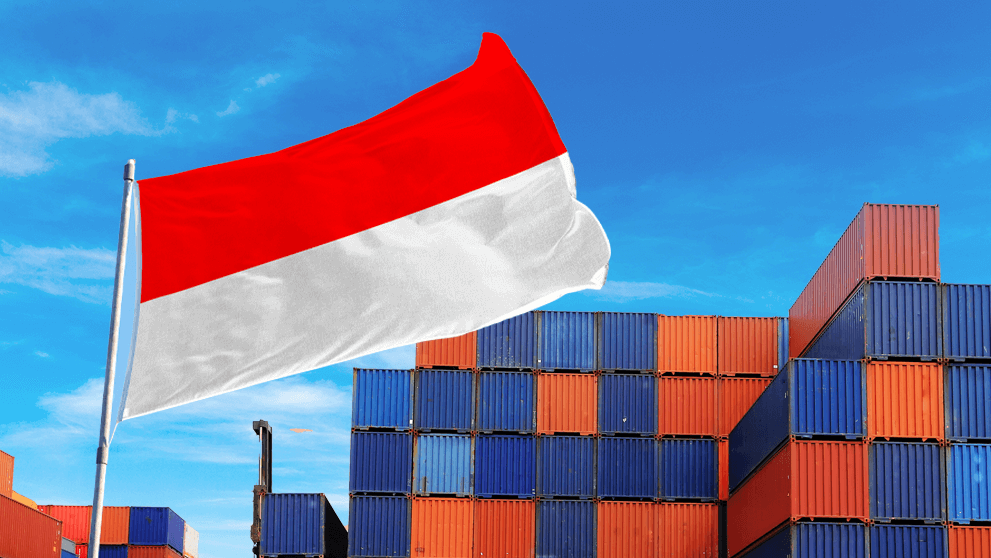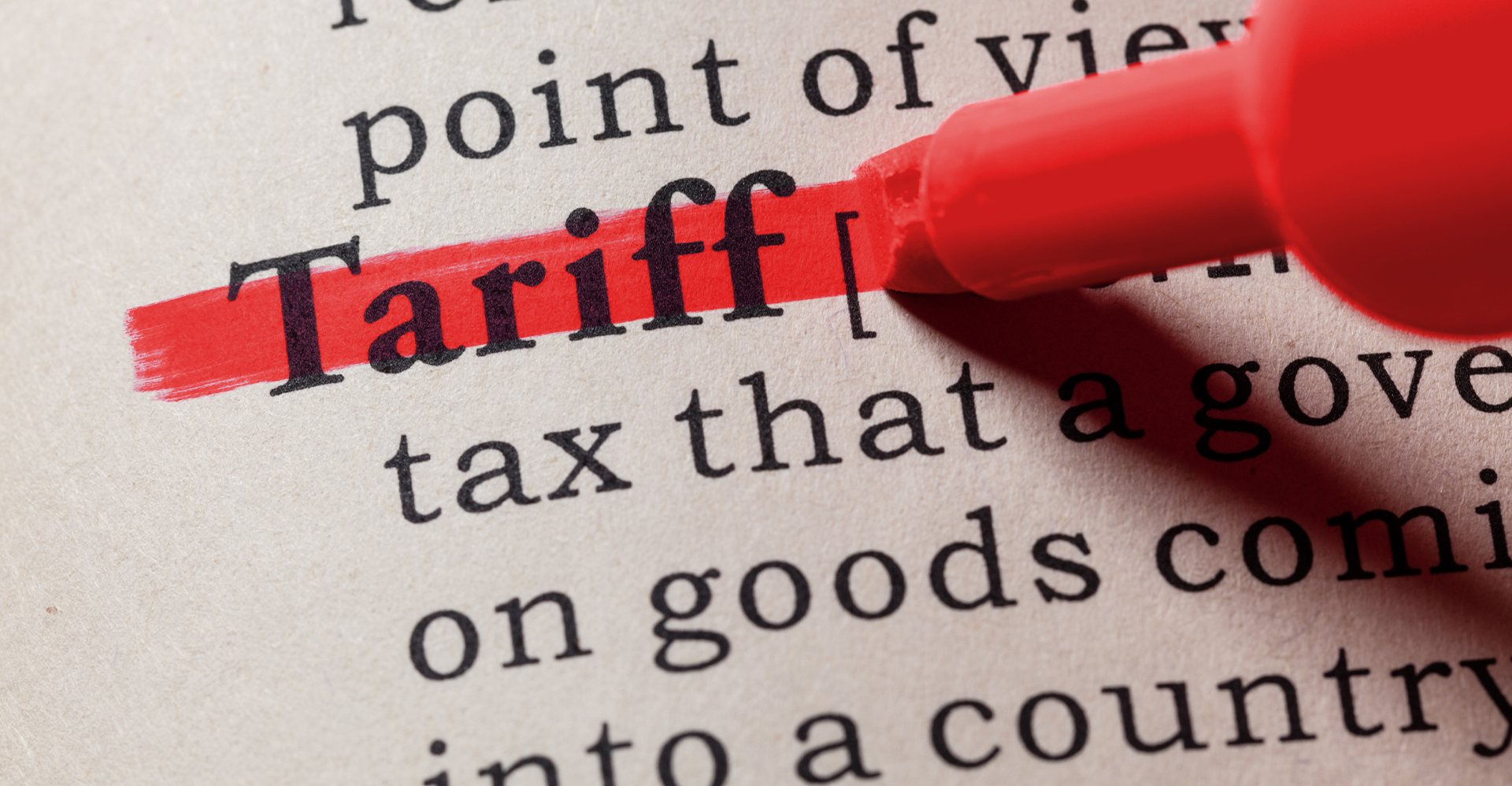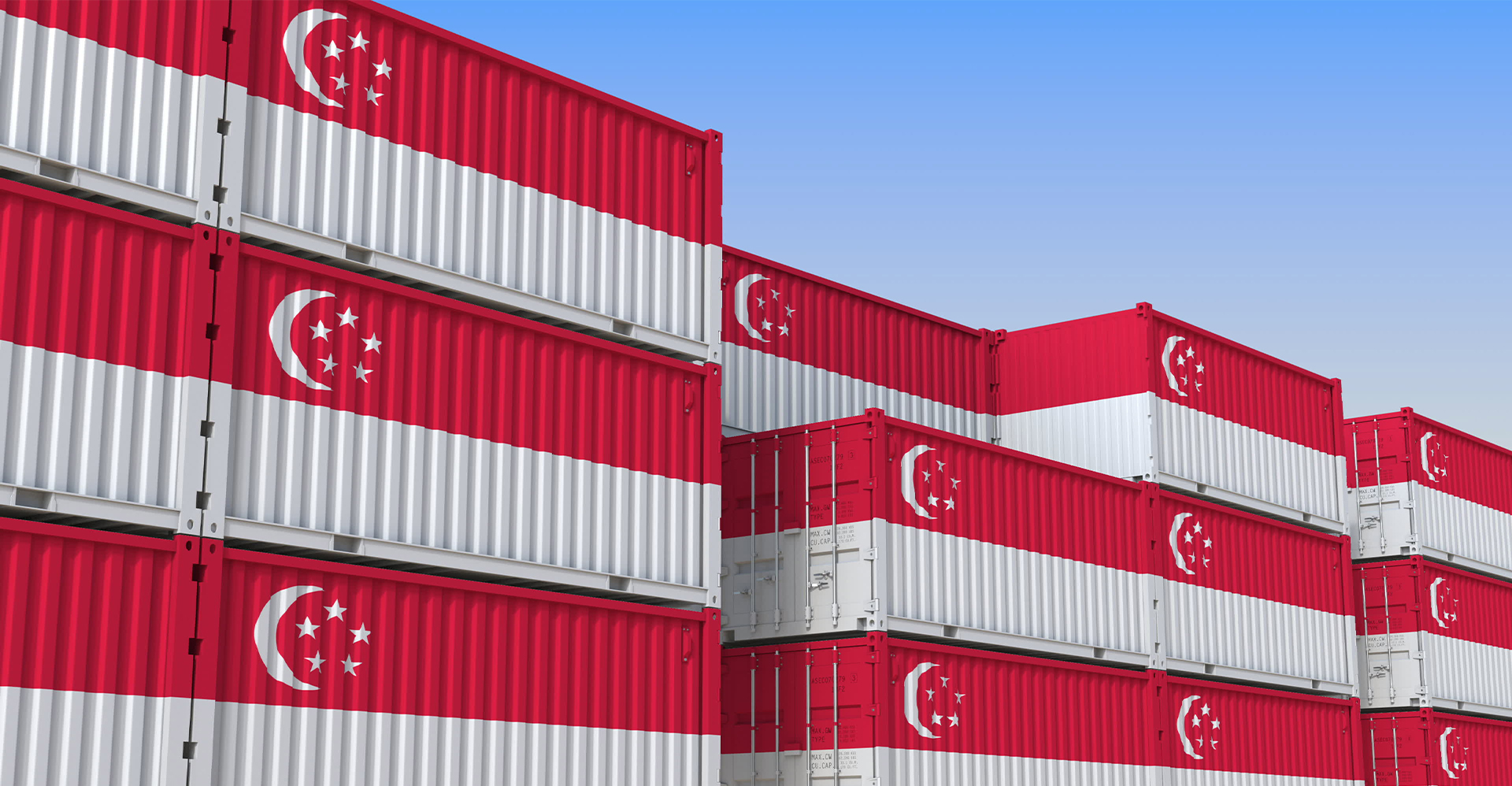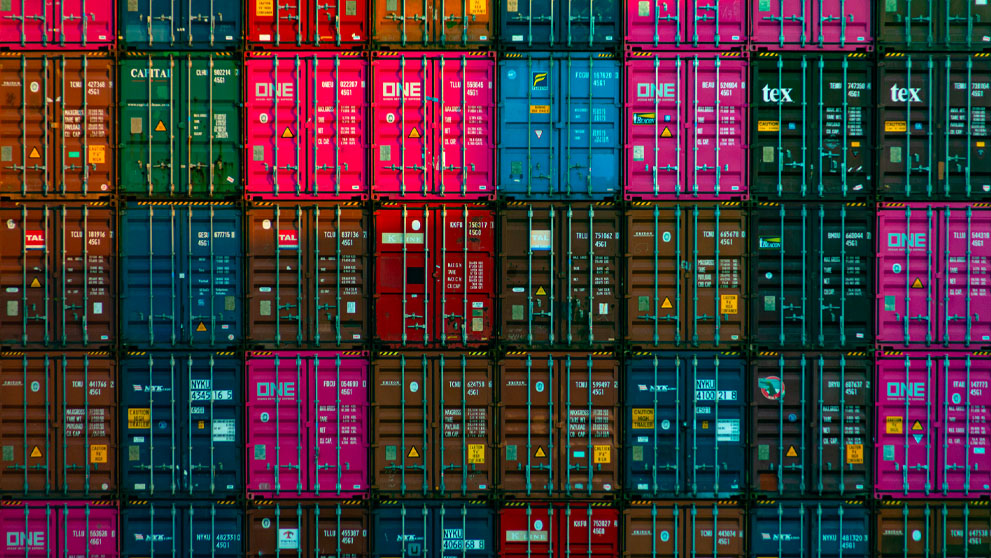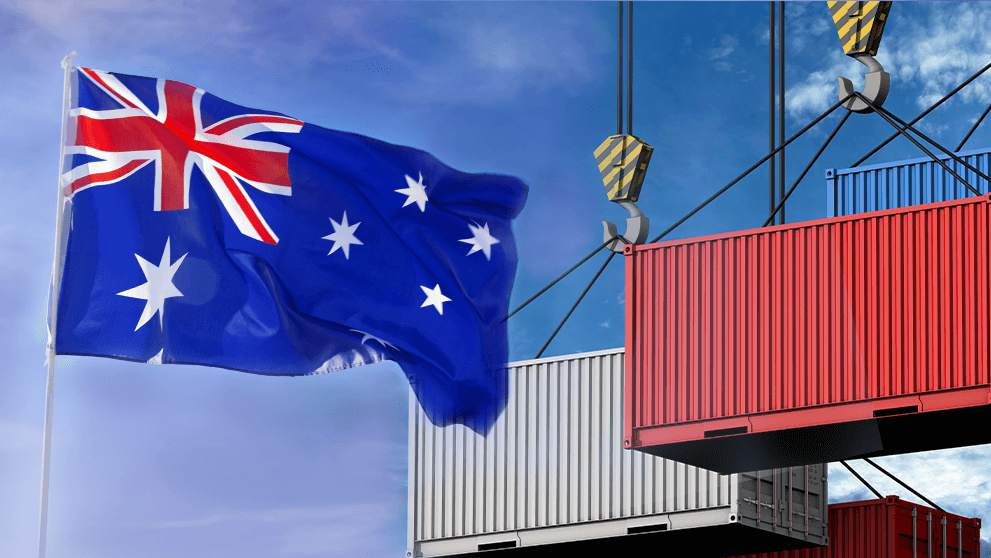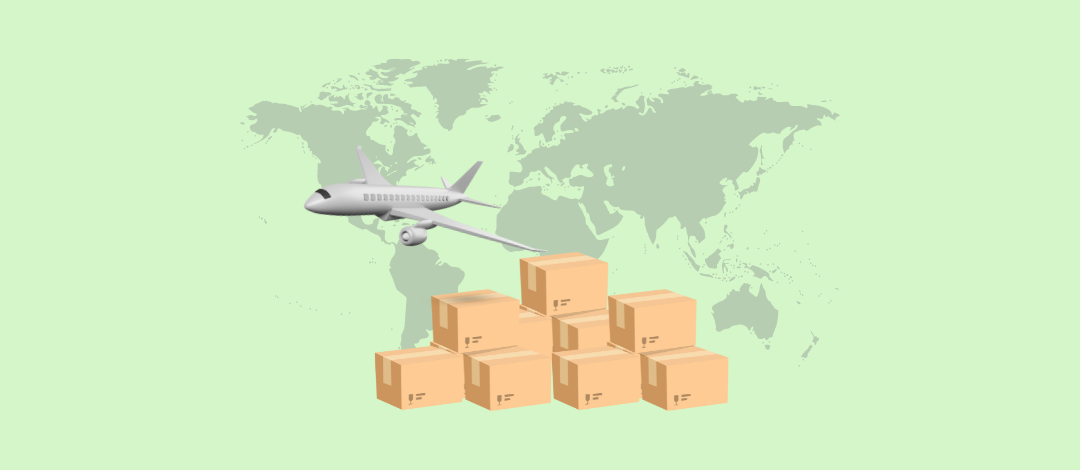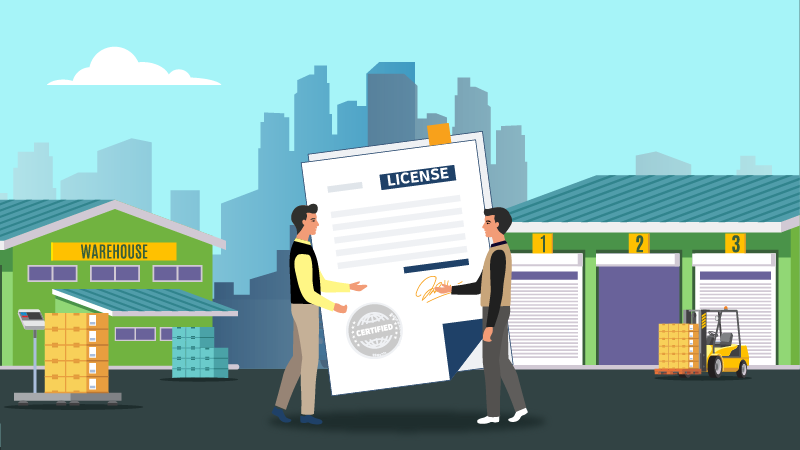
What you’ll need to know about HTS Codes in 2022
Harmonised Tariff Schedule Code or HTS code in short is a product classification developed by the World Customs Organisation (WCO) to classify and define internationally traded goods. The name ‘HTS Code’ is used interchangeably with the Harmonised System Code or HS Code. It is important for businesses to note that the HTS code comprises eight to 10 digits, with the first six digits corresponding to the HS Code list and the subsequent digits assigned by the country of import.
What are the changes to the HTS Code in 2022?
Updated once every five years, and another round of edits was made to the HTS Code in 2022. In this round of updates, new products that were previously not well presented are given new categories while obsolete ones are removed. For example, smartphones and hybrid vehicles that were not produced and sold at high volumes back in 2017, are now assigned their own custom HS Code category in the 2022 HTS Code classification.
Other new HS tariff codes are also added for products that have reached critical trade volume. Some of these products include 3D printers, drones, electronic waste, and flat panel display modules. Placebos, clinical trial kits, and rapid diagnostic kits for medical research have also been added to the new list.
What is the role of HTS Codes in Customs?
The HTS Code, just like the Malaysia Custom HS Code, is used by the customs authorities to tabulate tariffs and duties of products that are imported and exported. It also helps the authorities keep records of international trade statistics across the 200 countries that adopt this trade system. From the importer and exporter point of view, applying the correct HTS Code or Custom HS Code is essential for complying with custom regulations and ensuring that they are not overpaying or underpaying taxes. Do note that exporting or importing prohibited items and/or submitting the wrong HS code can lead to penalties from the local customs authorities here in Malaysia.
Common Challenges
According to a report by Thomson Reuters, Harmonised System Code classification remains a key challenge for businesses because there are over 5,000 codes to keep track of. This can be problematic, especially for companies that are dealing with an extensive range of products and are shipping them to multiple locations. Thus capturing new HS codes and correctly applying them for each shipment can be quite a big task. Adding to the challenge is the lack of a centralised database where the 2022 HTS Code can be updated and shared across all departments. This can lead to discrepancies in shipping documents and cause problems when processing goods at the customs. Which is why importers and exporters who are not sure which HTS classification code to use, should work closely with an international shipping expert like DHL Express to prevent problems from cropping up at the customs.
Steps that can be taken to adapt to the 2022 HTS Code
Leveraging the right tools and processes can help importers and exporters better manage the changes coming from amendments implemented in the 2022 HTS Code. By implementing automation technologies to streamline updates across all departments and standardising documentations, they can effectively reduce errors and improve productivity. Businesses should also establish classification guidelines and document the updated code list for sharing across the supply chain to ensure every partner is kept abreast of changes and can apply them accordingly.
Are these changes limited to the U.S?
When the WCO updated the 2022 HTS Code, all economies trading in goods that require the use of the HS Code list were affected by these changes. As such, this is not a geographical restriction that is limited to the confines of the United States. Companies across the participating nations must quickly figure out how these changes can affect their goods within their supply chain and make the necessary provisions to implement updates, redefine their processes, and disseminate new information for trade compliance.
